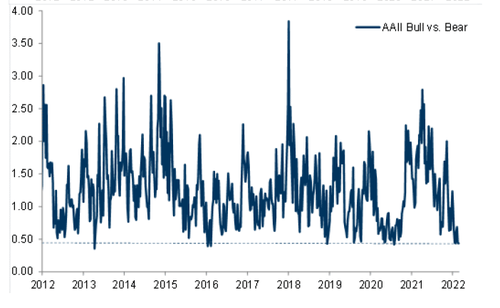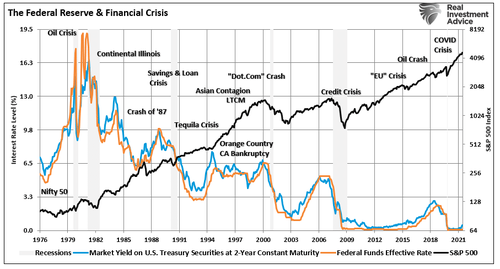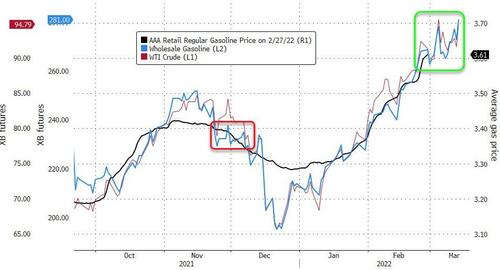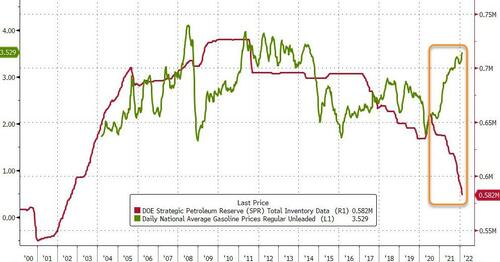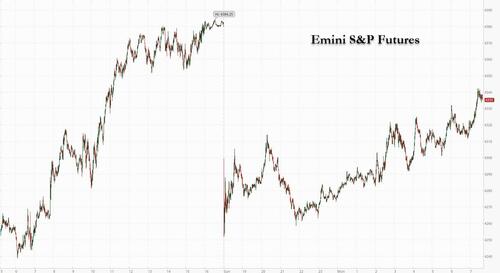
Experience demonstrates that there are a lot of reasons to support school choice, from escaping curricula wars to seeking academic excellence to adopting preferred teaching methods and schedules. But the last couple of years also demonstrated that relatively small institutions dependent on attracting families that can enroll or disenroll at will are more nimble than traditional public schools in responding to crises.
Starting at the beginning of the COVID-19 pandemic, Stanford University’s Center for Research on Education Outcomes (CREDO) examined how charter schools responded to the public health threat in comparison to traditional public schools. Looking at schools in California, New York, and Washington for the period from March to June 2020 and then for the 2020-21 school year, researchers found that charters were able to pivot from in-school teaching to remote instruction remarkably quickly.
“In multiple states and under varying conditions, the majority of charter schools we surveyed demonstrated resilience and creativity in responding to the physical and social challenges presented by COVID,” CREDO announced on February 15. “They reacted strongly and acted quickly to shift to remote instruction. Communication was elevated as a priority. They assessed student and teacher needs for technology and mobilized resources and contacts to distribute technology and subsidize internet access.” Specifically, to keep kids learning, 83 percent of surveyed charter schools provided equipment, such as laptops, while 73 percent offered internet access.
Remarkably, in Spring 2020, charter schools in California took an average of just four days to shift to remote teaching once they closed their doors for fear of viral infection. Charters in New York took an average of three days to make the transition, and those in Washington averaged two days. By contrast, “The Center on Reinventing Public Education (CRPE) found that nearly 70 percent of districts nationally were not providing instruction in spring 2020.”
Charter schools were also nimble in shifting to hybrid models that split student time between remote and in-person teaching. That gave kids some of the benefits of face-to-face interaction while also allowing for social distancing.
One of the challenges of the transition to remote learning was in making sure that students made the effort to sign-in and participate in online classes. “Ninety-five percent of respondents in our study reported using daily touch points (interactions per day, a daily log-in, or logging in to half their classes) counting as present,” reported CREDO. Many traditional district schools let attendance slide, at least in the early days of the pandemic.
Expectations went the other way, too, with charters asking more of educators. Researchers report that “74 percent of charter schools expected teachers to provide instruction during COVID-19 school closures, compared with just 47 percent of school districts.”
This doesn’t mean that charter schools made a seamless transition to the pandemic environment. Schools reported covering just an average 86 percent of the English Language Arts curriculum, 85 percent of math, 78 percent of science, and 80 percent of social studies. Understandably, students suffered. “Overall, the average reported percentage of students with considerable or major academic losses was 43 percent, with 19 percent being reported as having major academic losses.” What those losses constituted isn’t defined in the study.
For context, at the end of the 2020-21 school year, the NWEA testing outfit reported that students in public schools were eight to 12 percentile points behind where they were expected to be in math and three to six percentile points behind in reading. McKinsey similarly found that pandemic disruptions left “students on average five months behind in mathematics and four months behind in reading by the end of the school year.”
Importantly, charter schools are selected (or rejected) by parents and students. Those unhappy with the performance of certain charter schools or policies they adopt (such as not-always-popular remote learning!) have more freedom to seek education elsewhere than those who live where there are few options. That means families can gravitate to learning environments that better suit their preferences. As a result, people tend to be happier with charter schools than with district schools.
In the latest monthly poll for EdChoice by Morning Consult, 92 percent of charter-school parents report being very or somewhat satisfied with their children’s experiences. Homeschooling parents report 90 percent satisfaction, while private schools come in at 88 percent. District-school parents bring up the rear at 76 percent. Admittedly, three-quarters of district-school parents being happy with their choice isn’t terrible, but that option consistently lags the levels of satisfaction reported by those who select their children’s learning environment. Being free to pick what’s right for your kids, and reject what isn’t, obviously has a payoff.
Nationally, while enrollment in traditional public schools has plummeted, charter schools boomed. “During the 2020-21 school year, charter school enrollment grew 7%, the largest increase in half a decade,” according to the National Alliance for Public Charter Schools. Catholic schools, private schools, homeschooling, and other approaches are also attracting more takers, even though most states make families pay for district schools (through taxes) in addition to their preferred education options. Many people clearly want to choose where and how their kids learn, to the benefit of approaches including charter schools.
CREDO researchers aren’t shy about the reasons why charter schools were so much quicker to respond to the challenges posed by COVID-19.
“Some schools – charter schools – are allowed to operate with considerable discretion. Even in ‘normal’ times, they have greater control over program design and resource allocation than peer district schools,” notes the CREDO report. “In return, they are expected to direct their resources in ways that result in strong student results or potentially face consequences. Under these parameters, their response to COVID is a natural experiment in how leaders and educators embrace the flexibility granted to them so that schooling continues and students are learning.”
That the freedom to make decisions on the ground without waiting for permission from on-high is a good thing shouldn’t be controversial. It’s not even especially important what decisions are made, and if they’re at variance with choices elsewhere, so long as people can pick what’s right for them. Charter schools thrived during the pandemic because they were able to make choices that appealed to like-minded families while leaving others free to seek education options that better suited their needs.
The post Flexibility Gave Charter Schools an Edge During the Pandemic appeared first on Reason.com.
from Latest https://ift.tt/6dhpLeX
via IFTTT





